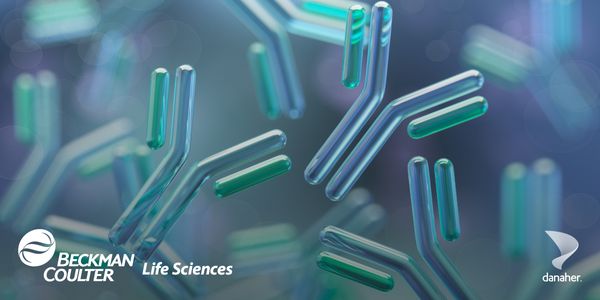Encoding with Microfluidics and Applications
Flow cytometry is one of the cornerstones of biomedical research and clinical diagnostics. With its ability to screen individual cells for multiple protein epitopes simultaneously and subsequently identify sub-populations of cells, flow cytometry has had a profound impact in a broad range of areas including immunology, cancer, and regenerative medicine. Still flow cytometry is not without its challenges including coincidence events, irreversible antibody binding which can potentially alter cell properties, and high shear forces which can damage cells. We have developed an all-electronic method to screen cells for the immunophenotypic and mechanophenotypic profile label and camera free. Our method, Node-Pore Sensing (NPS), involves using a four-terminal measurement to measure the modulated current pulse caused by a cell transiting a microfluidic channel that has been segmented by a series of inserted nodes. As the modulated current pulse reflects the geometry of the NPS channel, we can in fact, encode spatial and temporal information to tease out coincidence events. As we use microfluidics, shear forces are low in our device. I will describe NPS and touch upon applications from measuring HIV viral particles in serum to immunophenotyping acute myeloid leukemic blasts to mechanophenotyping primary human mammary epithelial cells.
Learning Objectives:
1. Describe how to design microfluidic devices for cell screening.
2. Summarize how to analyze coincident events in flow cytometry.
3. Summarize what learn signal processing is.






